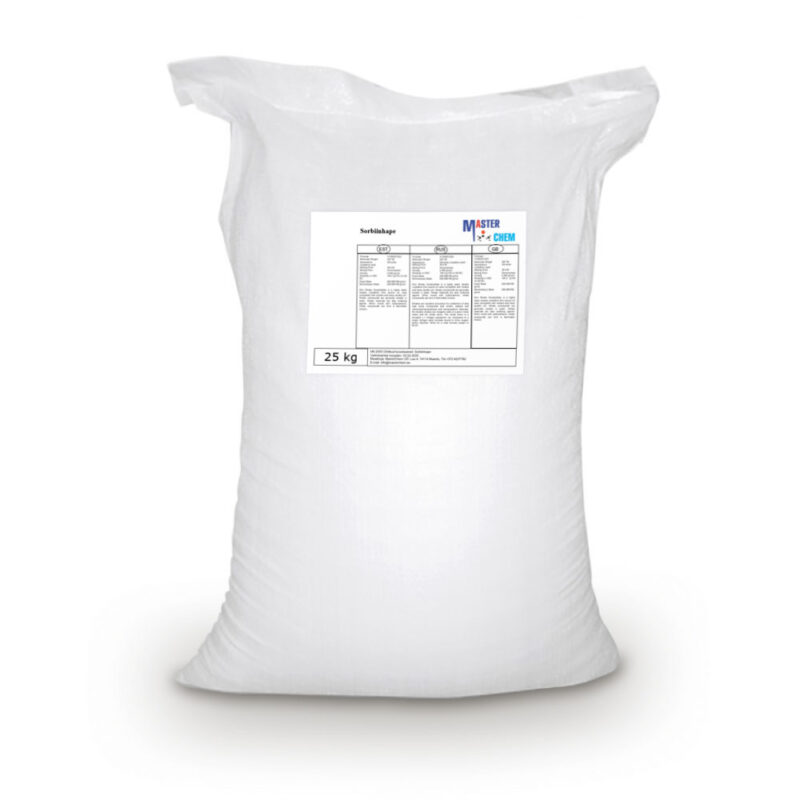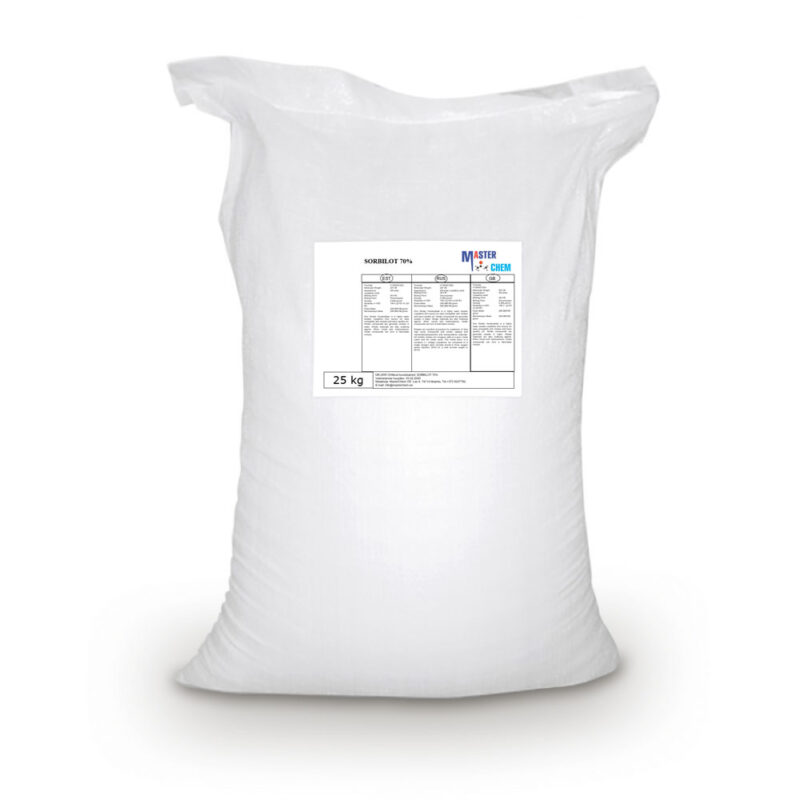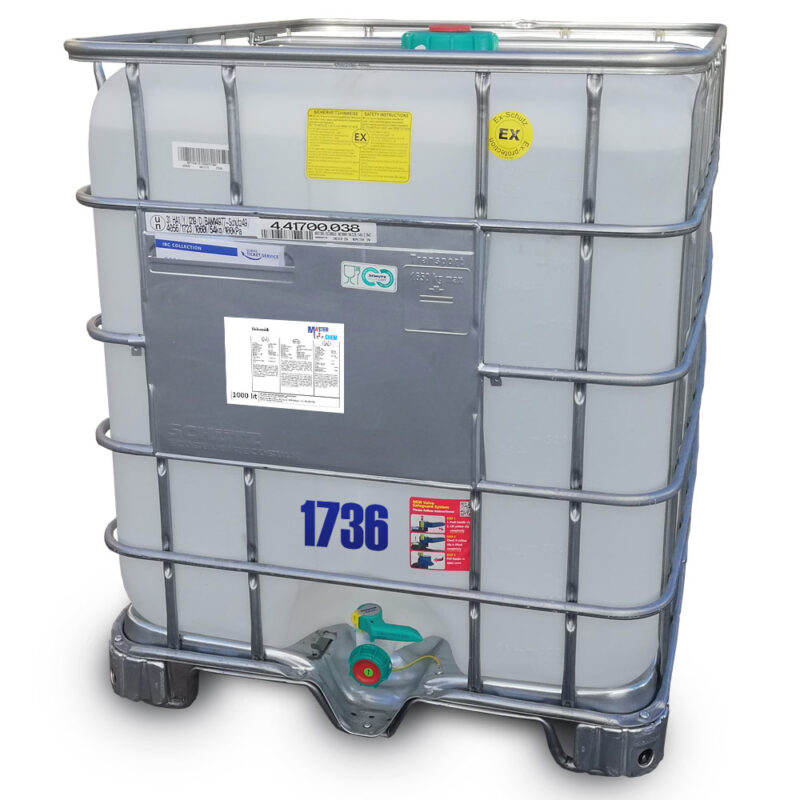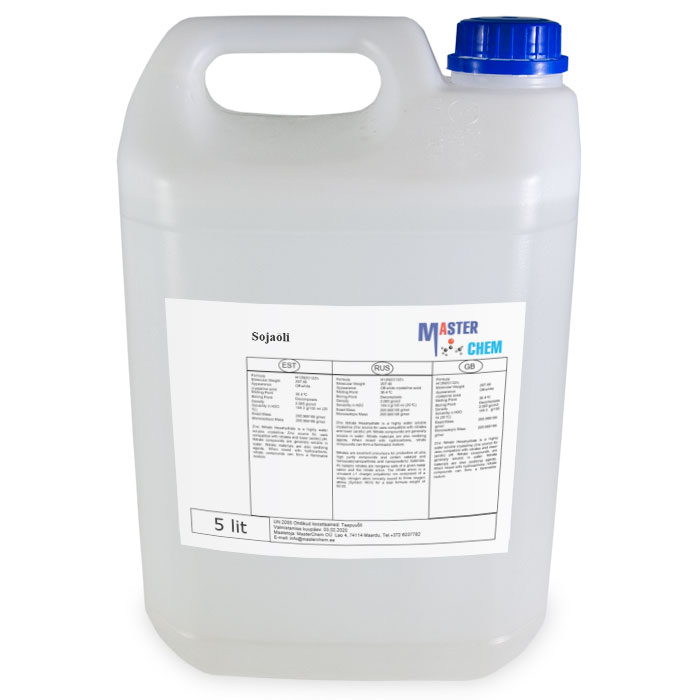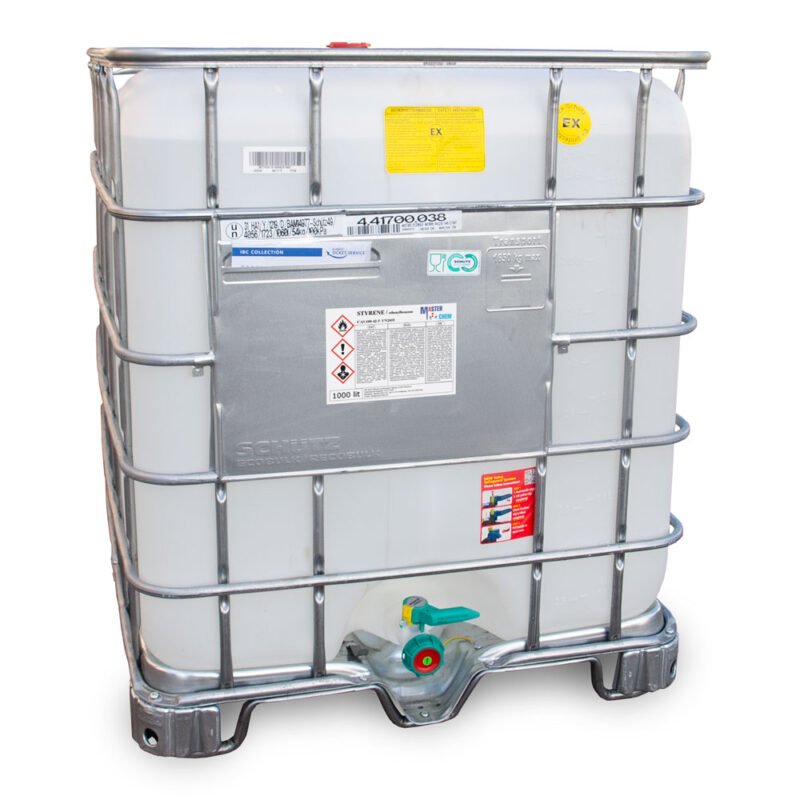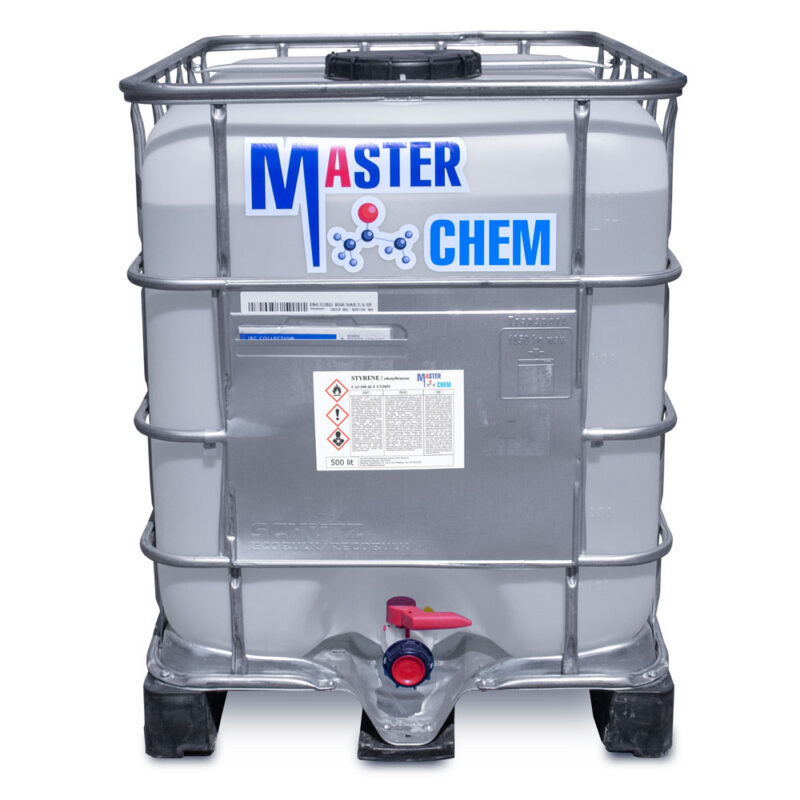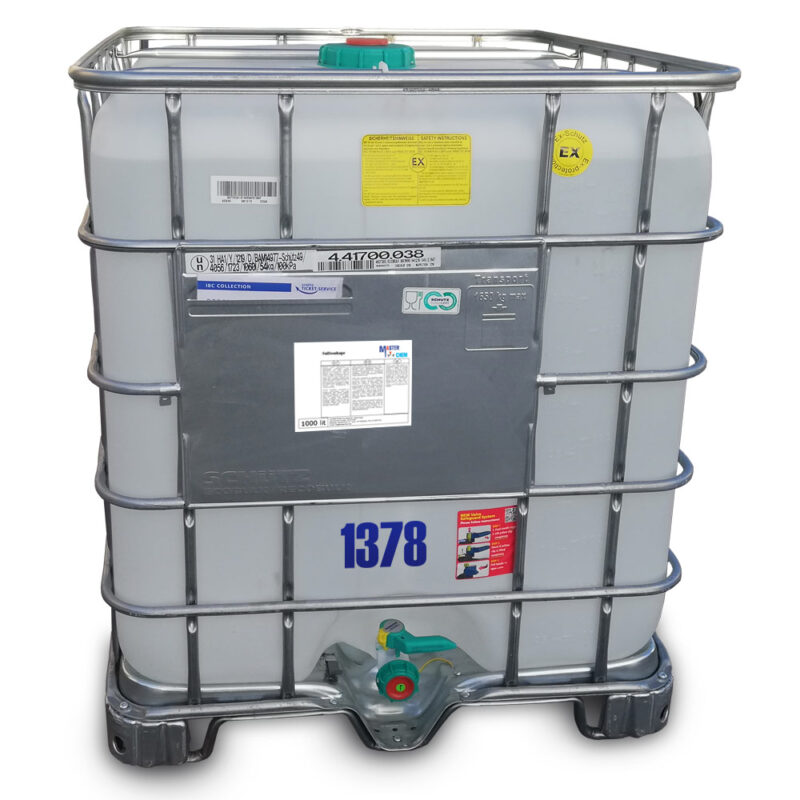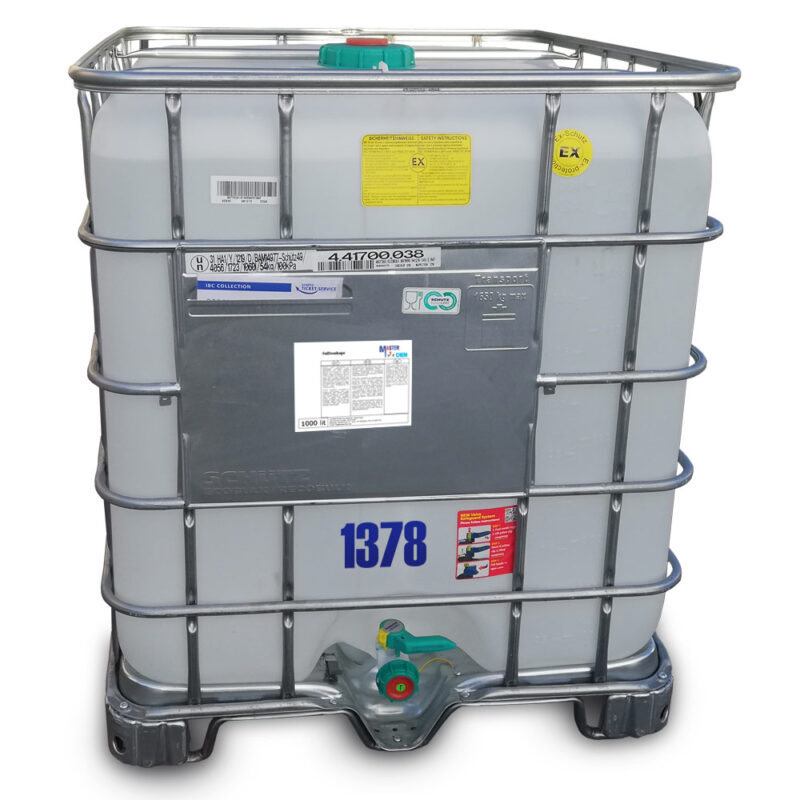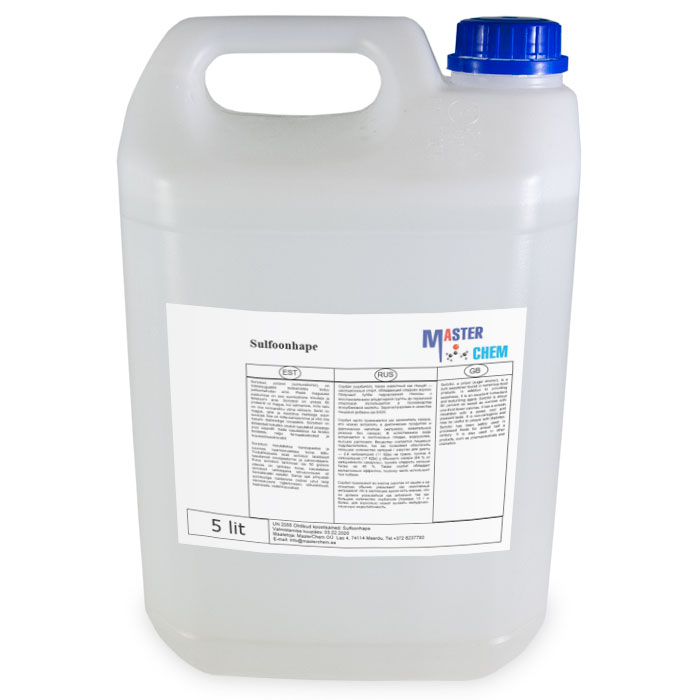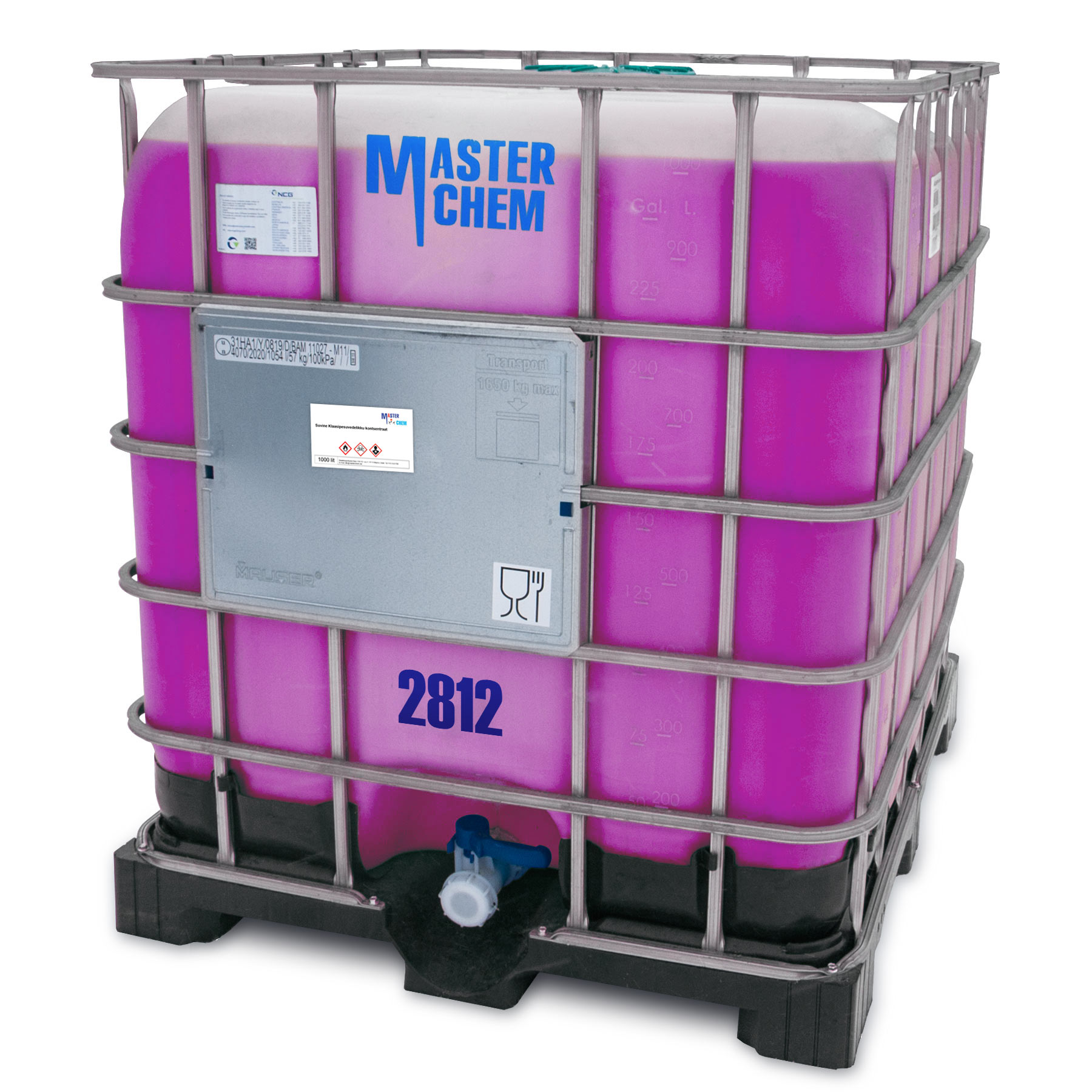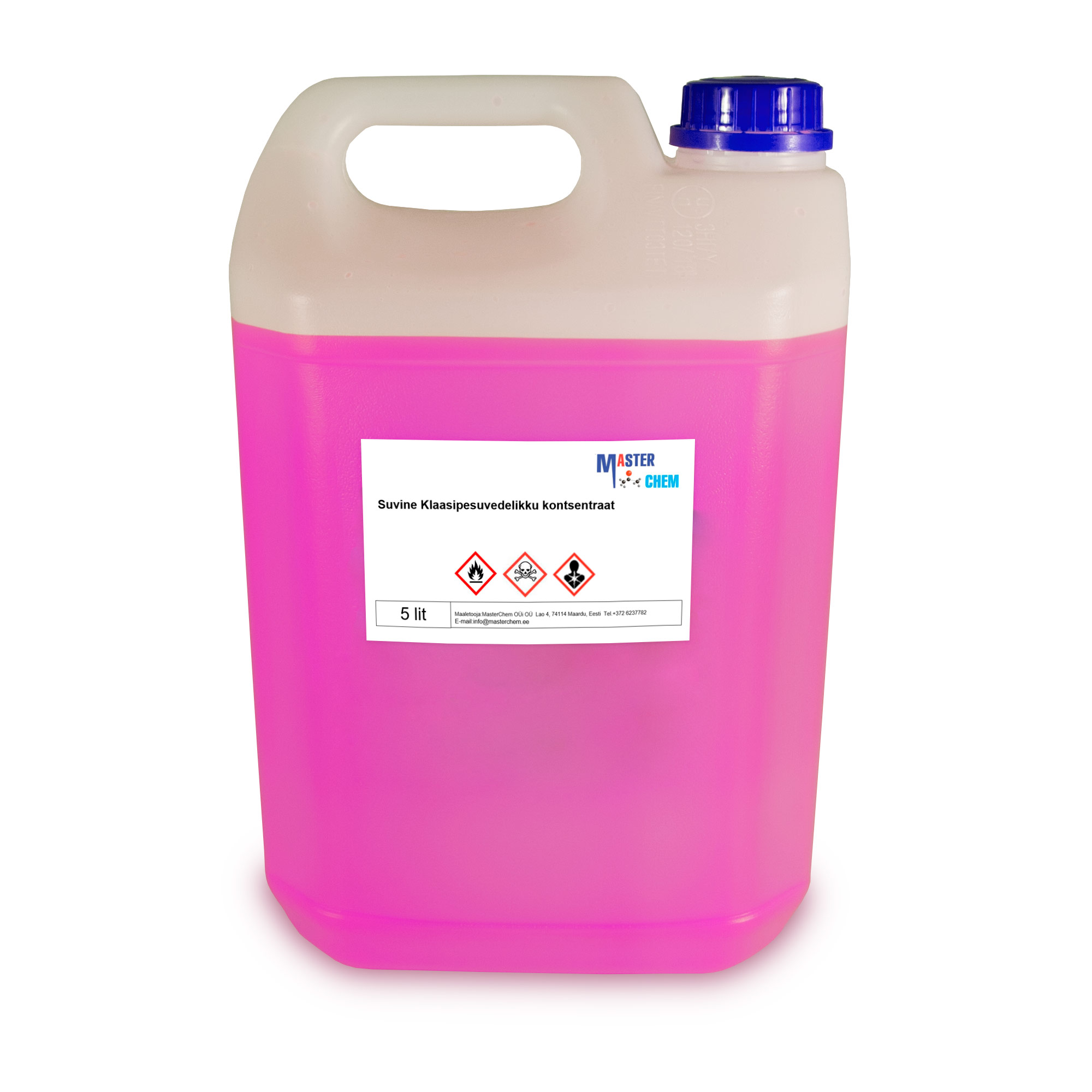Sorbic acid (CAS 110-44-1)
Sorbic acid (CAS 110-44-1)
Sorbic acid, or 2,4-hexadienoic acid, is a natural organic compound used as a food preservative. It has the chemical formula CH3(CH)4CO2H. It is a colourless solid that is slightly soluble in water and sublimes readily. It was first isolated from the unripe berries of the Sorbus aucuparia (rowan tree), hence its name.
Sorbic acid and its salts, such as sodium sorbate, potassium sorbate, and calcium sorbate, are antimicrobial agents often used as preservatives in food and drinks to prevent the growth of mold, yeast, and fungi. In general the salts are preferred over the acid form because they are more soluble in water, but the active form is the acid. The optimal pH for the antimicrobial activity is below pH 6.5. Sorbates are generally used at concentrations of 0.025% to 0.10%. Adding sorbate salts to food will, however, raise the pH of the food slightly so the pH may need to be adjusted to assure safety. It is found in foods such as cheeses and breads.
Sorbilot 70% (CAS 68425-17-2)
Sorbilot 70% (CAS 68425-17-2)
Sorbitol is a hexahydric alcohol which is present in small amounts in fruit. The commercial product is obtained by hydrogenation of dextrose. Sorbitol is used in cosmetics, toothpaste, tobacco, pharmaceuticals etc. Sorbitol 70% Type NC is a non-crystallizable aquous solution.
The product is used as a base ingredient, sweetener and humectant in cosmetics and pharmaceuticals e.g. tablets/pills, toothpastes, cough syrups or mouthwashes. Also in the food industry the product is used and listed as a food additive with the number E 420. As an alternative for Glycerin, Sorbitol can be used in various technical applications such as textile auxiliaries and polyurethanes.
Sorbilot 70% (CAS 68425-17-2)
Sorbilot 70% (CAS 68425-17-2)
Sorbitol is a hexahydric alcohol which is present in small amounts in fruit. The commercial product is obtained by hydrogenation of dextrose. Sorbitol is used in cosmetics, toothpaste, tobacco, pharmaceuticals etc. Sorbitol 70% Type NC is a non-crystallizable aquous solution.
The product is used as a base ingredient, sweetener and humectant in cosmetics and pharmaceuticals e.g. tablets/pills, toothpastes, cough syrups or mouthwashes. Also in the food industry the product is used and listed as a food additive with the number E 420. As an alternative for Glycerin, Sorbitol can be used in various technical applications such as textile auxiliaries and polyurethanes.
Soya lecithin (CAS 8002-43-5)
Soya lecithin (CAS 8002-43-5)
Food-grade lecithin is obtained from soybeans and other plantsources. It is a complex mixture of acetone-insoluble phosphatides that consists chiefly of phosphatidyl choline, phosphatidyl etha nolamine, and phosphatidyl inositol, combined with various amounts of other substances such as triglycerides, fatty acids, and carbohydrates. Refined grades of lecithin may contain any of these components in varying proportions and combinations depending on the type of fractionation used. In its oil-free form, the prepon-derance of triglycerides and fatty acids is removed and the product contains 90% or more of phosphatides representing all or certain fractions of the total phosphatide complex. The consistency of both natural grades and refined grades of lecithin may vary from plastic to fluid, depending upon free fatty acid and oil content, and upon the presence or absence of other diluents. Its color varies from light yellow to brown, depending on the source, on crop variations, and on whether it is bleached or unbleached. It is odorless or has a characteristic, slight nutlike odor and a bland taste. Edible diluents, such as cocoa butter and vegetable oils, often replace soybean oil to improve functional and flavor characteris tics. Lecithin is only partially soluble in water, but it readily hydrates to form emulsions. The oil-free phosphatides are soluble in fatty acids, but are practically insoluble in fixed oils. When all phosphatide fractions are present, lecithin is partially soluble in alcohol and practically insoluble in acetone.
Soybean oil
Soybean oil
Soy oil is edible oil pressed from soybeans (Soya hispida). It is the second most used vegetable oil in the world, which is especially popular in Asia and America.
Soybean oil is rich in linoleic acid.
The by-product of soy oil production is soy protein (soy meal), which is used as a substitute for ground meat and especially as animal feed, and soy lecithin, which is used by the food industry as an antioxidant and emulsifier.
Stearic Acid (CAS 67701-03-5)
Stearic Acid (CAS 67701-03-5)
Stearic acid is a saturated fatty acid with an 18-carbon chain. The IUPAC name is octadecanoic acid. It is a waxy solid and its chemical formula is C17H35CO2H. Its name comes from the Greek word στέαρ “stéar”, which means tallow. The salts and esters of stearic acid are called stearates. As its ester, stearic acid is one of the most common saturated fatty acids found in nature following palmitic acid. The triglyceride derived from three molecules of stearic acid is called stearin.
In general, the applications of stearic acid exploit its bifunctional character, with a polar head group that can be attached to metal cations and a nonpolar chain that confers solubility in organic solvents. The combination leads to uses as a surfactant and softening agent. Stearic acid undergoes the typical reactions of saturated carboxylic acids, a notable one being reduction to stearyl alcohol, and esterification with a range of alcohols. This is used in a large range of manufactures, from simple to complex electronic devices.
Styrene (CAS 100-42-5)
Styrene (CAS 100-42-5)
Styrene, also known as ethenylbenzene, vinylbenzene, and phenylethene, is an organic compound with the chemical formula C6H5CH=CH2. This derivative of benzene is a colorless oily liquid that evaporates easily and has a sweet smell, although high concentrations have a less pleasant odor. Styrene is the precursor to polystyrene and several copolymers.
Sulfuric Acid 98% (CAS 7664-93-9)
Sulfuric Acid 98% (CAS 7664-93-9)
A sulfonic acid (or sulphonic acid) refers to a member of the class of organosulfur compounds with the general formula R−S(=O)2−OH, where R is an organic alkyl or aryl group and the S(=O)2(OH) group a sulfonyl hydroxide. As a substituent, it is known as a sulfo group. A sulfonic acid can be thought of as sulfuric acid with one hydroxyl group replaced by an organic substituent. The parent compound (with the organic substituent replaced by hydrogen) is the parent sulfonic acid, HS(=O)2(OH), a tautomer of sulfurous acid, S(=O)(OH)2. Salts or esters of sulfonic acids are called sulfonates.
Sulphonic Acid (CAS 5329-14-6)
Sulphonic Acid (CAS 5329-14-6)
A sulfonic acid (or sulphonic acid) refers to a member of the class of organosulfur compounds with the general formula R−S(=O)2−OH, where R is an organic alkyl or aryl group and the S(=O)2(OH) group a sulfonyl hydroxide. As a substituent, it is known as a sulfo group. A sulfonic acid can be thought of as sulfuric acid with one hydroxyl group replaced by an organic substituent. The parent compound (with the organic substituent replaced by hydrogen) is the parent sulfonic acid, HS(=O)2(OH), a tautomer of sulfurous acid, S(=O)(OH)2. Salts or esters of sulfonic acids are called sulfonates.
Summer windshield washer fluid concentrate
Summer windshield washer fluid concentrate
Summer windshield washer fluid concentrate. Summer windshield washer fluid concentrate quickly and effectively removes dust. road grime. insect residue. pollen. tree sap. pitch stains and other dirt.
Evaporates without leaving a trace. Ensures excellent glass transparency. Contains active anti-corrosion additives that protect the metal parts of the windshield washer system from rust. Reduces friction between the glass and the wiper blades.
Does not leave a trace/disturbing film on the glass. This alcohol-based concentrate contains detergent and red food coloring. Biodegradable.

